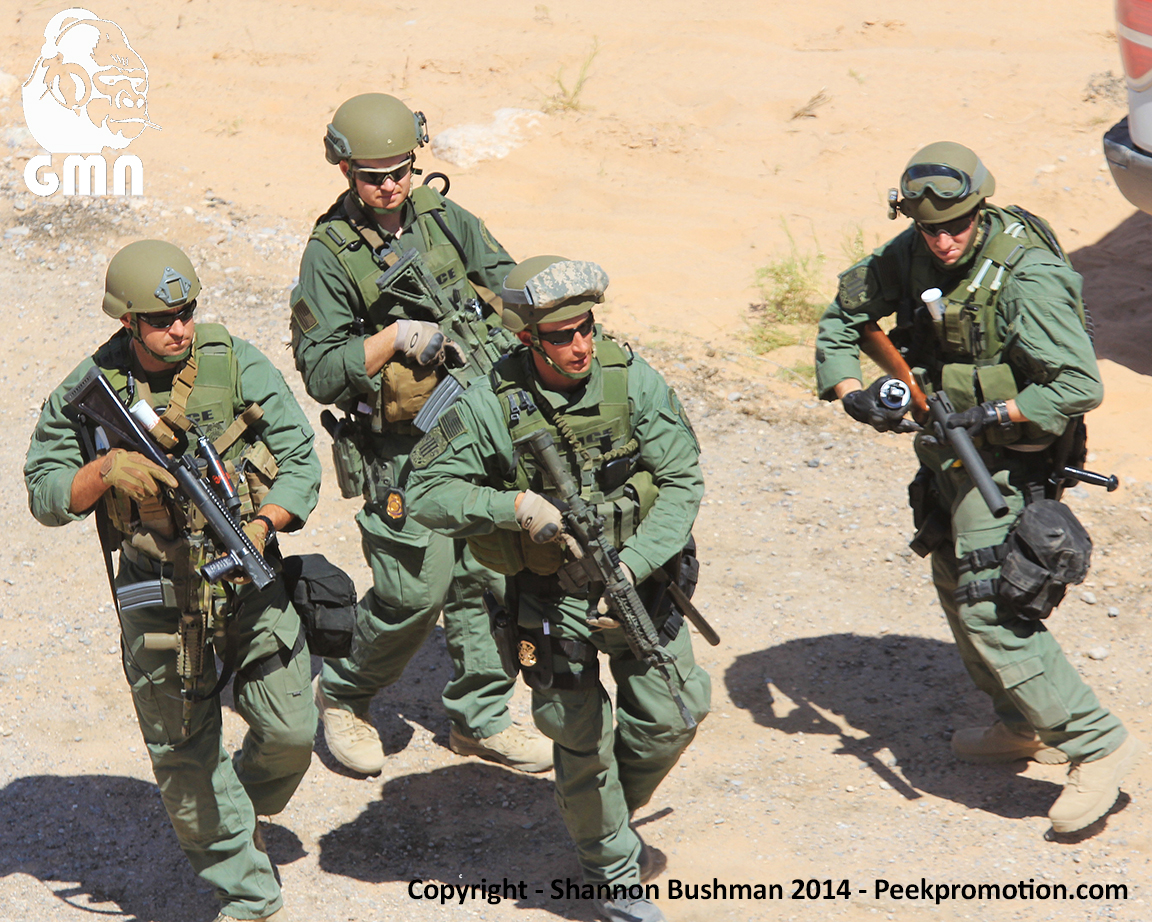In her ruling, Navarro cited case law that says illegal suppression of evidence occurs when the government fails to turn over information that was available not only to the prosecution, but to federal investigative agencies.
Kimber Laux
A judge declared a mistrial Wednesday in the Bunkerville standoff case involving rancher Cliven Bundy and other defendants, finding that the federal government improperly withheld evidence.
“A mistrial in this case is the most suitable and only remedy available,” U.S. District Judge Gloria Navarro said.
Bundy, his sons Ammon and Ryan, and co-defendant Ryan Payne will face a new trial early next year on charges arising from the 2014 standoff with federal agents.
Navarro said video surveillance, maps and FBI interview information were willfully withheld by the prosecution in violation of due process required by the U.S. Constitution.
Considered collectively, she said, the evidence that was withheld was favorable to the defendants, and its untimely disclosure was prejudicial in that it “undermined the confidence of the outcome of the trial.”
“The Attorney General takes this issue very seriously,” Department of Justice spokesman Ian Prior wrote in an email after the ruling.
According to the statement, a discovery expert with the department will examine the case and advise the agency on its next steps.
Steven Myhre, Nevada’s acting U.S. attorney and the lead prosecutor on the Bundy case, issued the following statement:
“We respect the ruling of the Court and take very seriously our discovery obligations. The Office welcomes the assistance of the Attorney General as we continue to evaluate the case in light of the Court’s ruling.”
In her ruling, Navarro cited case law that says illegal suppression of evidence occurs when the government fails to turn over information that was available not only to the prosecution, but to federal investigative agencies.
She said information and reports obtained and created by the FBI were available to prosecutors and should have been made available to the defense.
Included in the pieces of evidence that led to the mistrial were interview reports regarding video surveillance of the Bundys, including information about the camera’s location and proximity to the Bundys’ home, and an interview report indicating a BLM officer wore tactical gear during the standoff.
Navarro said this information might have been used by the defense to counter government claims that the placement of the camera on Bundy property was incidental to their operations and not intentionally aimed at surveilling the family’s conduct, as well as claims that the government did not use snipers in the standoff and that no BLM snipers existed.
Interview reports about the surveillance were made available just 30 days before the start of the trial, and the FBI report about the tactical gear was created in March 2015 but was not disclosed to the defendants until Nov. 7 of this year, the judge said.
She said the government also failed to disclose an FBI threat assessment from 2012 that discussed the nonviolent nature of Cliven Bundy, which could have been used to undermine government claims that the Bundys posed a threat during the standoff and to bolster the defendants’ claims that the government acted unreasonably.
[paypal_donation_button]



